Quy Nhon, Binh Dinh is one of the most beautiful coastal cities of Vietnam with many natural wonders and cultural charms. The best time to visit Quy Nhon is in summer and straight flights to the city are available from Hanoi and HCMC.
Related: Everything about Quy Nhon travel
-
Enjoy the beaches
Quy Nhon is known as a beautiful coastal city of Binh Dinh with the friendliness of the people and peaceful atmosphere. There are some really famous beaches in Quy Nhon which are really close to the city and able to visit by walking or biking like Quy Nhon beach, Egg beach (3km), Quy Hoa beach, and Xep beach (10km). And there are many other beaches in the south we can name as Bai Bau, Bai Rang, Bai Bang….
Xep beach is situated in a complex of a small forest, waterfall and stream. The beach is quite separated and it’s perfect to spend time to relax here. Egg beach is quite famous for it was the favourite beach of Queen Nam Phuong in Binh Dinh. The main beach of Quy Nhon has the longest coast with white sandbanks and blue water and just a few steps away from the streets.
-
Picnic in Eo Gio, go camping in Ky Co
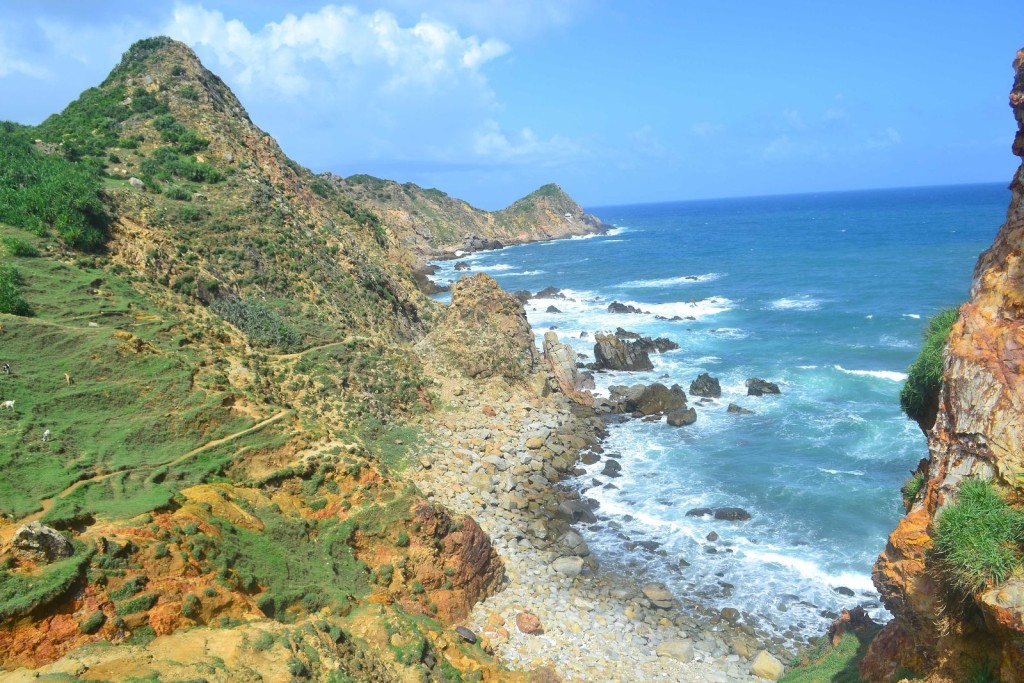
Cross over the Thi Nai bridge to reach the other side then reach the furthest eastern land of the city, you will find Eo Gio or The Cape of Wind. It has a scenic setting of natural rocks and a small clean and blue beach. No tourism service is available here so you should bring food and drink with you and take care of them after.
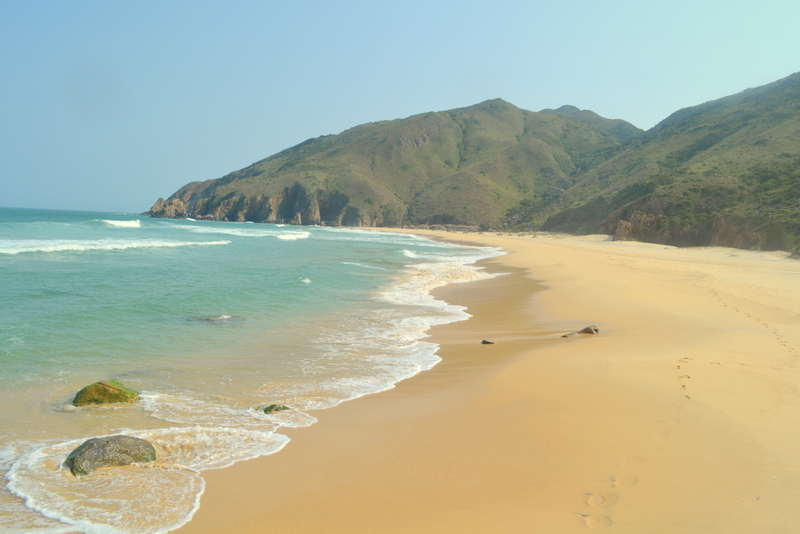
Ky Co is just right next to Eo Gio, just 10 kilometres away to the south. Ky Co is a typical beach in central Vietnam with blue water and white, wide sandbank. You will have a really fun time camping here.
-
Life is a Beach
Founded by two British men, Life is A Beach is the top accommodation option for you when coming to Quy Nhon. Located outstandingly on Xep beach, about 10 kilometres away from the city, Life is a Beach has not only offered 4-star excellent amenities but also youthful style and atmosphere. It’s surely a place that both adults and children will love.
Costs for standard rooms range from 300,000VND to 1 million VND which is considered reasonable with the quality of services here. Rooms are colourful and well-maintained with simple yet beautiful decoration. There are a lot of outdoor spaces where you can chill around and enjoy the view or sunbathe. There are many interesting activities including swimming, diving, boating and you can always book tour to explore Quy Nhon and other sites, too.
-
Cu Lao Xanh island
Cu Lao Xanh, just like its name (“Xanh” = Blue/Green), is a blue and green little paradise, located just 20km away from Ham Tu quay. There is one boat going to and from the island each day. The speedboat costs you about 200,000VND per ticket, quite costly but it takes only 50 minutes to reach the island. Or you can choose to go by the wooden boat which charges you only 25,000VND but for a 2-hour journey. The island is quite small and unexposed to tourism so there is no tourism service. The scenery is stunning with blue beaches, white sands and green hills. Do not forget to check out the white lighthouse of Cu Lao Xanh that is the highest lighthouse of all Indochina. The views up there are amazing. The islanders are all fishermen and they have few homestays where you can have a decent stay.
-
Visit Cham tower-temple
Binh Dinh was once the capital of the Champa empire in the past. “Banh It tower” (or another name “Silver tower”) is one of the very few Cham constructions built a thousand years ago that still stands today. The name of the tower is inspired by “It” cake which has a similar cone shape. The main tower is surrounded by three smaller towers with different architectural patterns. On top of each tower is a stone statue of the mighty god Shiva. The tower is rated as one of 1001 constructions must be visited and the only one from Vietnam (Mark Irving’s book).
The tower is out of town 20 kilometres.
, located at Tuy Phuoc district. The admission fee is 7,000VND per person.
-
Eat out in Quy Nhon city
Noodle with chopped fish meat: this is a common dish in the central region of Vietnam. In Quy Nhon, you can find this dish quite easily (just look for any food stall that has “Bun Cha Ca” hanging up). Because Quy Nhon is a sea city, then the fish meat is fresher and the broth lightly sweeter with special spices and herbs. The dish is served with a unique tasted chilli sauce that can only be found in Binh Dinh.
Pork roll: unlike the sour taste of Hue’s pork roll or the sweet taste of the south’s, pork roll of Binh Dinh is chewy, slightly sweet and fragrant. The pork is wrapped in a young guava leaf first and then by banana leaf after. Pork roll is often bought as a gift from Binh Dinh.
Sizzling Crepe with shrimps (Banh Xeo with shrimp): this is a very different sizzling crepe compared to ones either in the north or in the south. The size is smaller to fit when rolling with rice papers. The fillings inside are just small shrimps and some bean sprouts and green onion. The crepes are served with a lot of herbs, fish sauce and rice papers. To taste the best of this special crepe, visit the stall of Mrs Nam in My Cang, Phuoc Son (25km away from Quy Nhon city).
Banh it la gai: Banh it la gai is made of glutinous rice flour and gai leaf. The fillings are mung bean and coconut. Everything is wrapped in a gai leaf and made into a four-sided cone. The cake is used commonly in many occasions like weddings and new year.
Tre Binh Dinh is another speciality of Binh Dinh which will bring you a lot of pleasant surprises. Each “tre” looks like a mini broom made of straw. Pork is sliced into small species then seasoned with salt, pepper and other spices. Then use young guava leaves and banana leaves to wrap the pork tightly. Lastly, the straw will be the outermost layer and tied to keep for a long time. “Tre” Binh Dinh has a very distinct taste and appearance when compared to pork roll made in the north or the south. You can buy this as a gift for your loved ones.
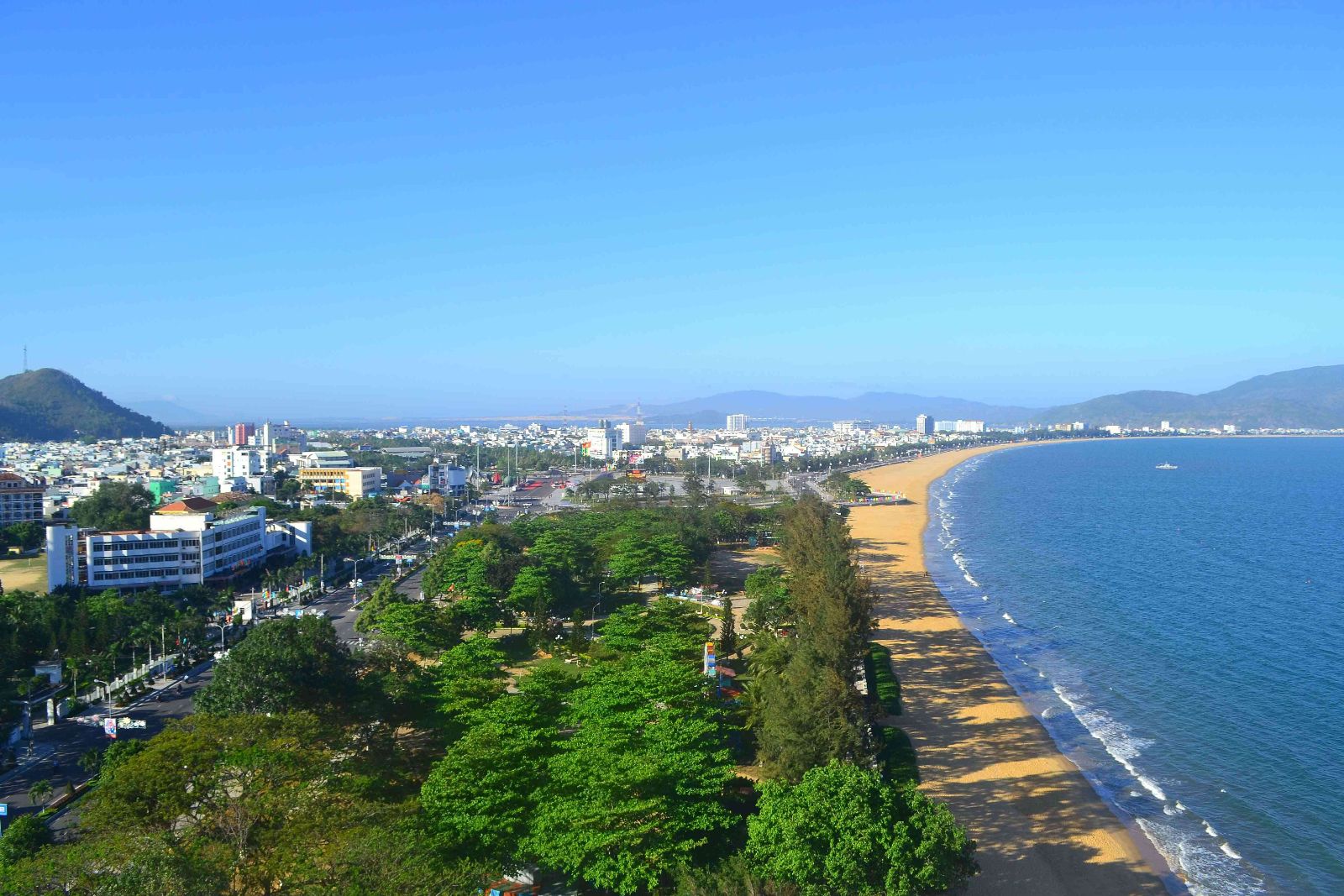

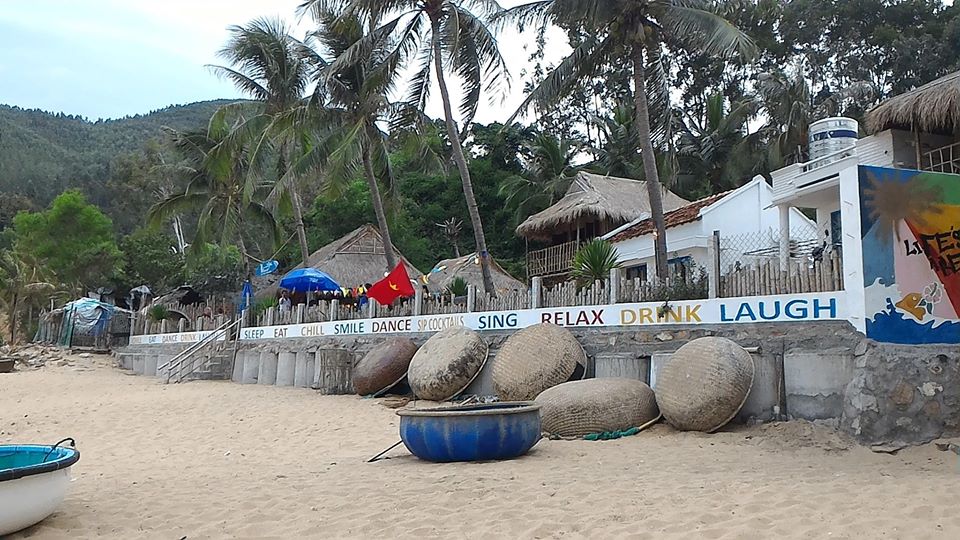
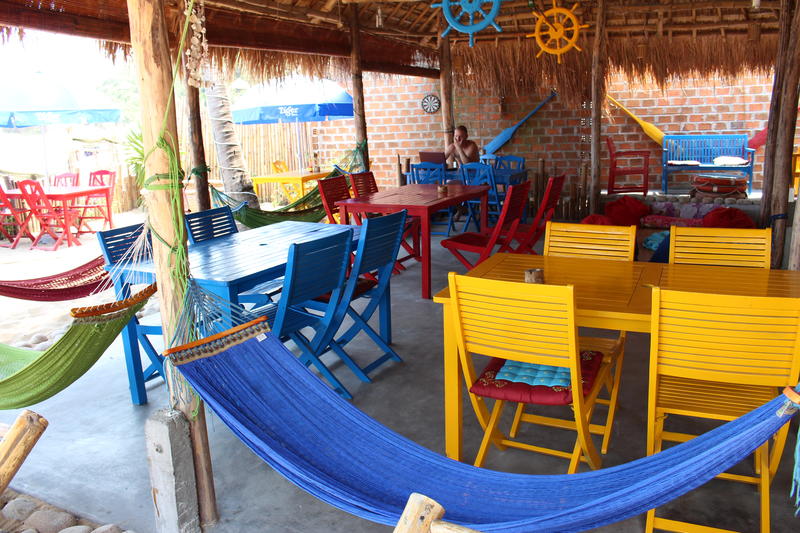
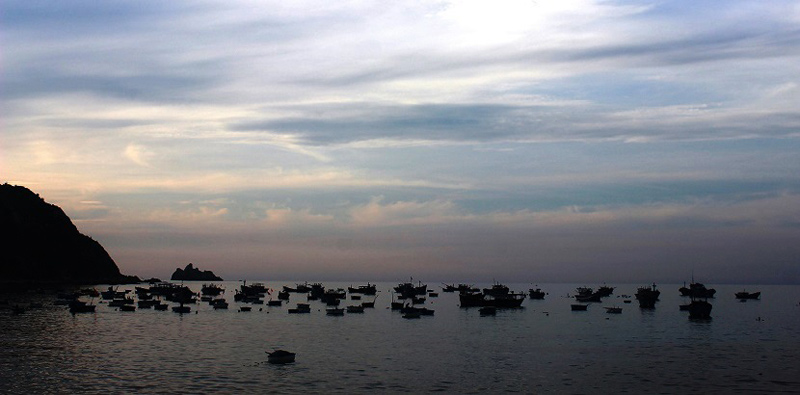
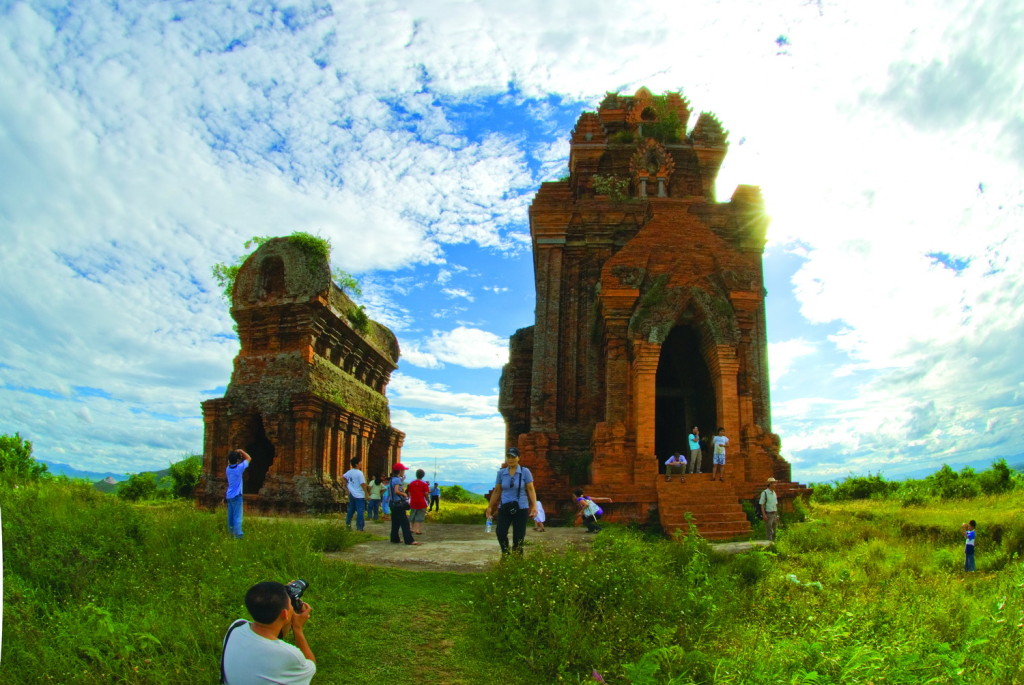
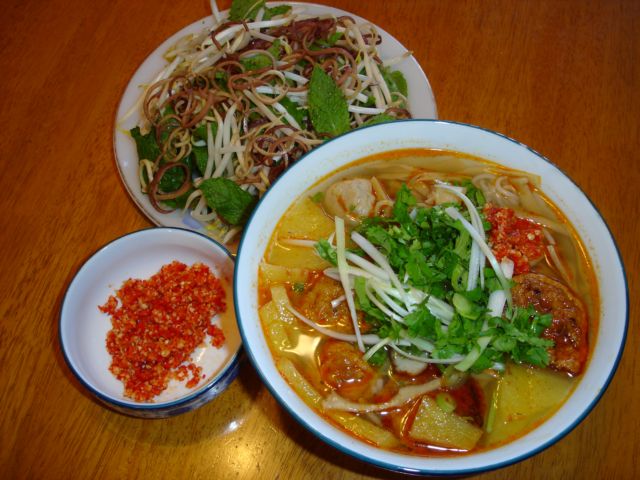
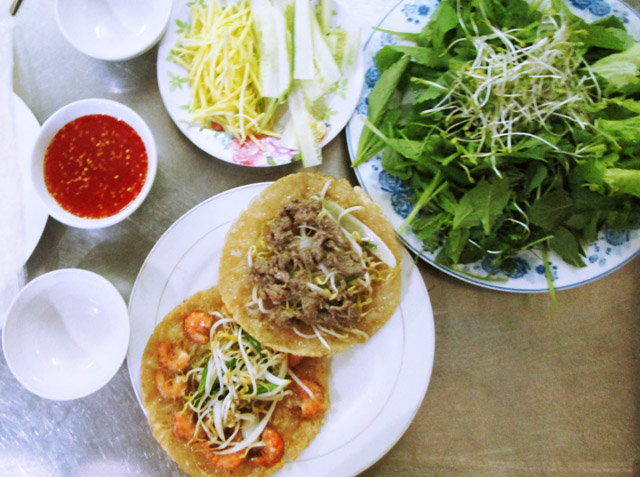
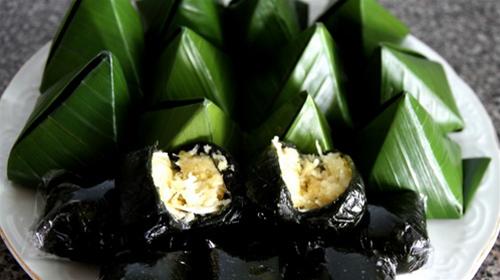
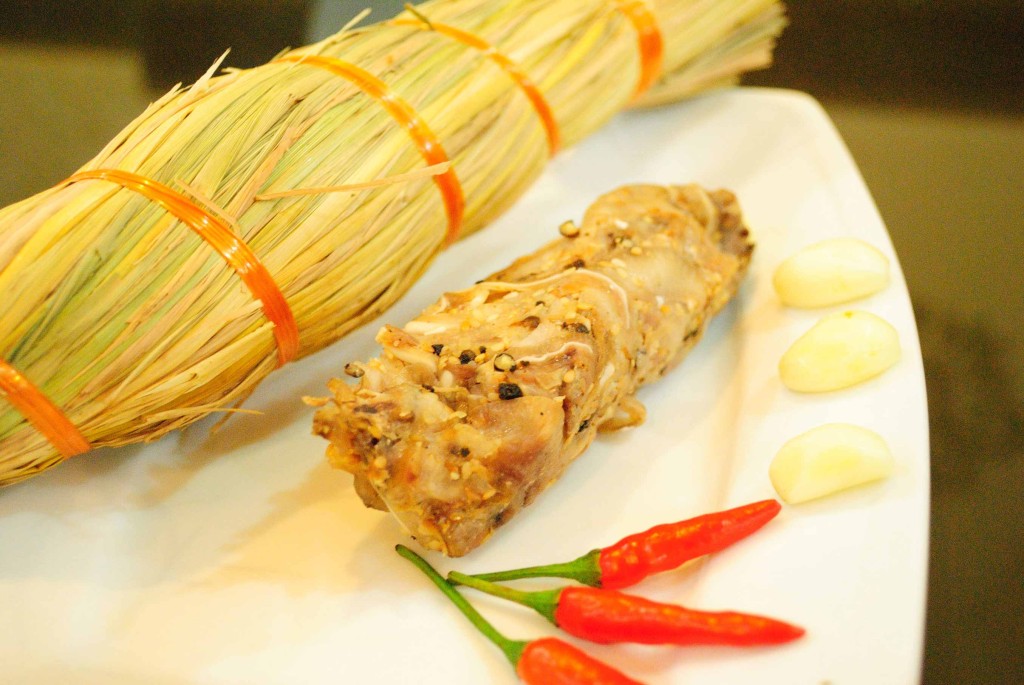
[…] to Quy Nhon, there are 6 things you shouldn’t miss to do. Quy Nhon is the heart of Binh Dinh province which was the capital of Champa empire in the past. […]